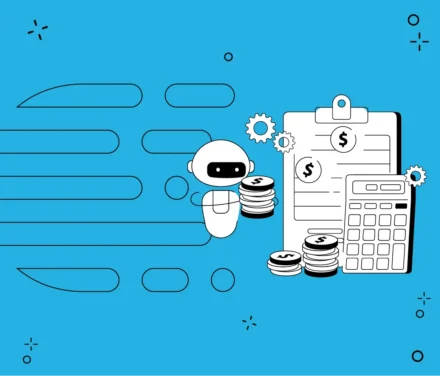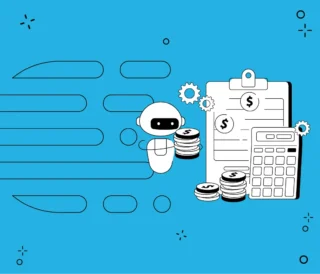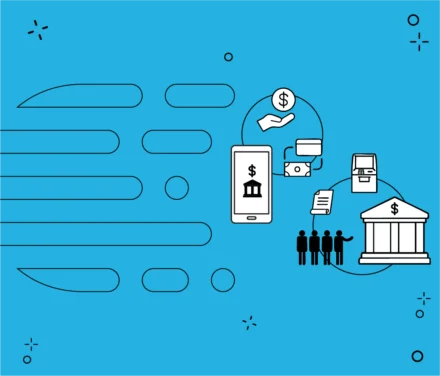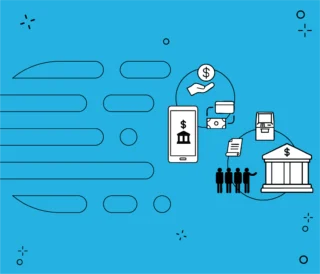Cryptocurrency and stablecoin payments are driving financial innovation by enabling fast, secure, and decentralized transactions. Businesses across various industries are adopting Bitcoin (BTC), Ethereum (ETH), and stablecoins like USDT, USDC, and DAI to optimize international payments, lower costs, and enhance security.
With advancements in Web3, Layer 2, and smart contract technologies, more efficient payment models are emerging, overcoming the limitations of the traditional financial system. This article explores the technical infrastructure behind crypto payments, their security, and their impact on global adoption.
Cryptocurrencies facilitate direct transactions between two parties, eliminating the need for financial intermediaries. They leverage blockchain networks to securely process and validate each transaction with transparency and immutability.
Cryptocurrency payment flow
- The buyer chooses the cryptocurrency they want to use for payment (BTC, ETH, USDT, etc.).
- The merchant generates an address or QR code with a payment request.
- The transaction is sent and validated on the blockchain through a node or a payment processor (e.g., BitPay, OpenNode).
- Blockchain confirmation: The transaction is deemed valid after a set number of confirmations on the network.
- Local currency conversion (optional): If desired, merchants can use a crypto-to-fiat payment processor or a stablecoin to mitigate volatility.
Transaction speed and fees depend on the blockchain being used. Networks like the Lightning Network (for Bitcoin) and Layer 2 solutions such as Arbitrum or Optimism (for Ethereum) enable near-instant payments with significantly lower fees than the main blockchain layer..

Stablecoins vs. cryptocurrencies: key differences in payments
Stablecoins have gained prominence in the payments industry due to their low volatility and global liquidity. However, they have technical and regulatory differences compared to traditional cryptocurrencies.
On one hand, cryptocurrencies such as Bitcoin (BTC) and Ethereum (ETH) are highly volatile, as their value depends solely on market supply and demand. Since they are neither backed by physical assets nor regulated by central authorities, they can experience significant price fluctuations over short periods.
On the other hand, stablecoins are designed to maintain a stable value by being backed by fiat currencies (such as the U.S. dollar), other assets (such as gold), or algorithmic mechanisms.
There are several types of stablecoins:
- Centralized stablecoins, such as USDT (Tether) and USDC (USD Coin), which are backed 1:1 by reserves held in banks or other financial institutions.
- Decentralized stablecoins, such as DAI (MakerDAO), whose value remains stable through crypto collateral and automated settlements via smart contracts.
Regarding security, cryptocurrencies rely exclusively on blockchain infrastructure. This ensures resistance to censorship and a high level of decentralization, but without the possibility of transaction reversal in case of error or fraud. In contrast, stablecoins issued by centralized entities may include control mechanisms such as address blocking, which introduces certain regulatory and custodial risks.
Finally, when it comes to payment adoption, traditional cryptocurrencies are less widely used due to their volatility. Stablecoins, however, have seen much broader adoption, especially in sectors such as e-commerce, remittances, and cross-border payments, thanks to their stability and global liquidity.
Suscribe to our newsletter!
Security and compliance for crypto payments
While cryptocurrency payments offer advantages in privacy and decentralization, companies implementing them must consider key risks and regulations.
Key security challenges:
- Private key risk: Funds become inaccessible if wallet access is lost. Multi-Party Computation (MPC) solutions are gaining adoption in enterprises.
- Fraud and phishing: Methods such as spoofed addresses and social engineering attacks can compromise payments.
- Compliance and regulations: Companies accepting crypto payments must comply with KYC/AML regulations depending on the jurisdiction (e.g., MiCA in the EU, FinCEN in the U.S.).
Solutions such as Gnosis Safe for multi-signature payments, integration with decentralized identity providers (DID), and smart contract auditing minimize risks in enterprise implementations.
Read more → Web 3 and Blockchain: the technology of decentralization
Use cases: Who is implementing cryptocurrency payments?
1. E-commerce and SaaS
- Shopify allows merchants to accept payments in BTC and ETH through processors like Coinbase Commerce and BitPay.
- Microsoft and Twitch have integrated crypto payments for digital goods and donations.
2. Remittances and cross-border payments
- Platforms such as Bitso and Ripio facilitate remittances in stablecoins, reducing costs compared to Western Union.
- MoneyGram has integrated USDC into its network for instant payments.
3. Payroll and business payments
- Companies such as Remote and Deel enable salary payments in crypto to global employees.
- DAOs and Web3 startups use stablecoins to pay contributors without intermediaries.
The future of cryptocurrency payments: innovations on the way

As the adoption of decentralized payments continues, new trends are emerging that will shape the future of the industry:
- Streaming payments: Platforms like Superfluid and Sablier enable real-time payments for freelancers and subscriptions.
- CBDCs and their impact on crypto payments: Central banks are exploring digital currencies that could coexist with decentralized stablecoins.
- Privacy enhancements: Protocols such as zk-SNARKs and Tornado Cash aim to balance privacy and regulatory compliance.
Cryptocurrency payments and stablecoins are redefining the financial landscape by offering frictionless global transactions, lower costs, and greater security. However, their mass adoption will depend on advances in scalability, regulation, and user education.
More and more companies are looking to integrate these technologies to streamline transactions and enhance the payment experience. Adapting to this transformation is not just a competitive advantage but a key step toward a more efficient and accessible financial ecosystem.
At Crombie, we help businesses integrate blockchain and stablecoin payments to optimize their business models and take advantage of Web3 opportunities.
Want to learn how these solutions can boost your operations?














Leave a Comment